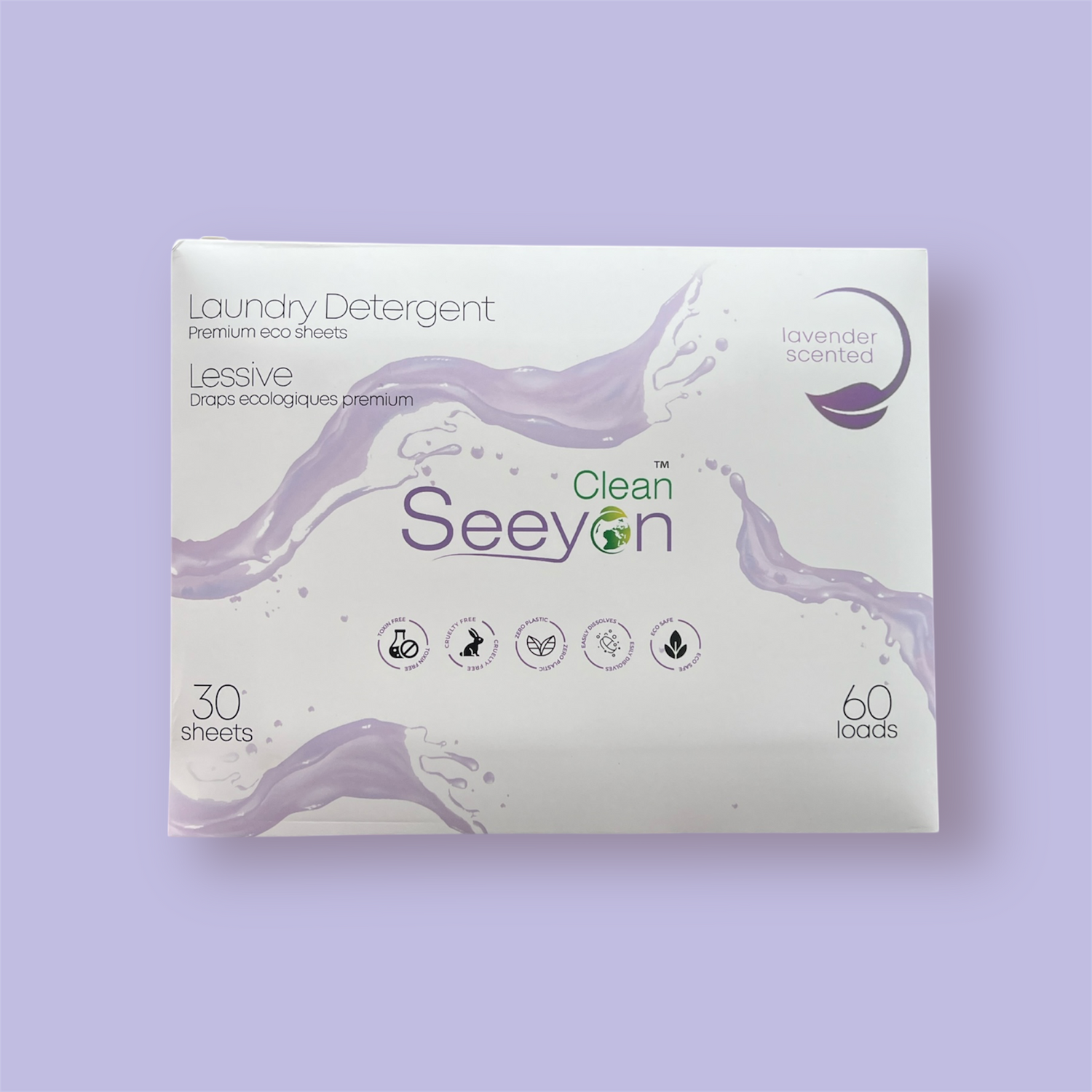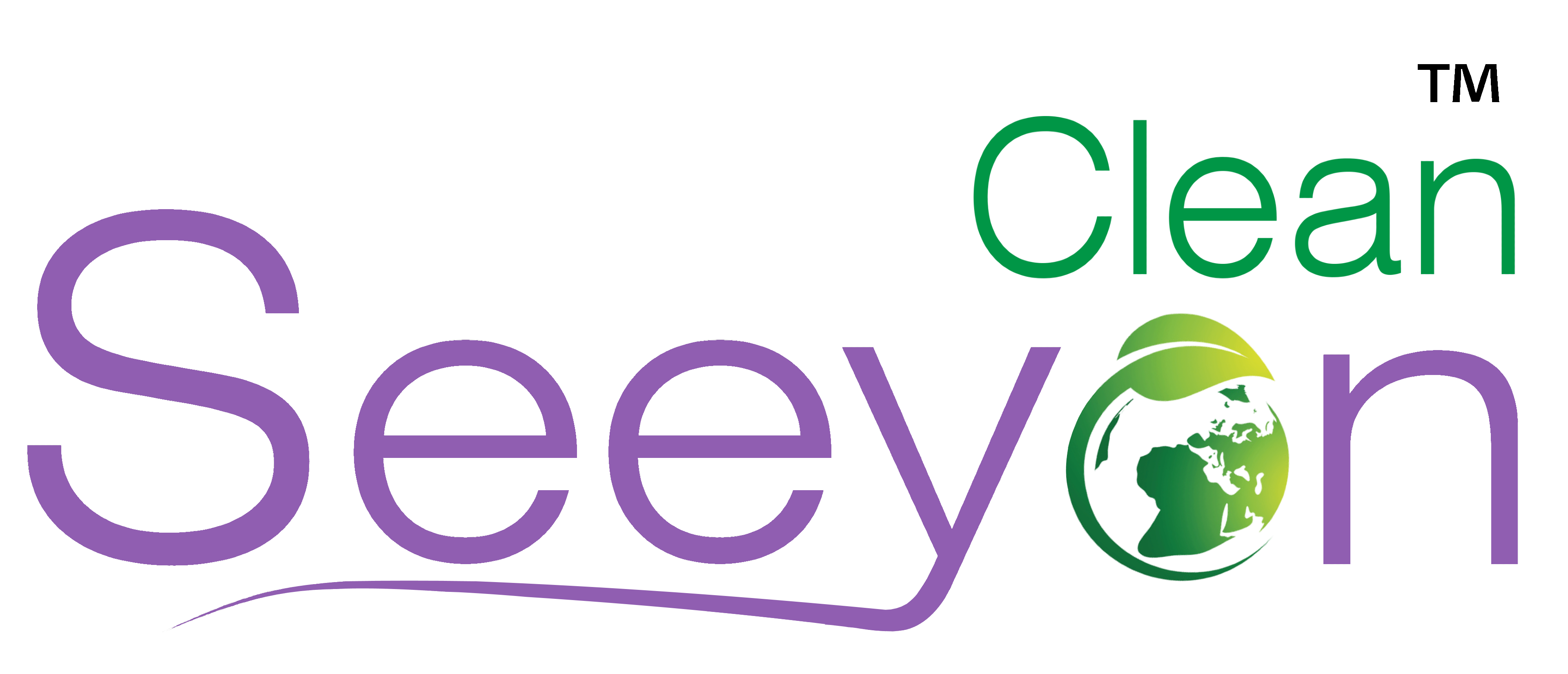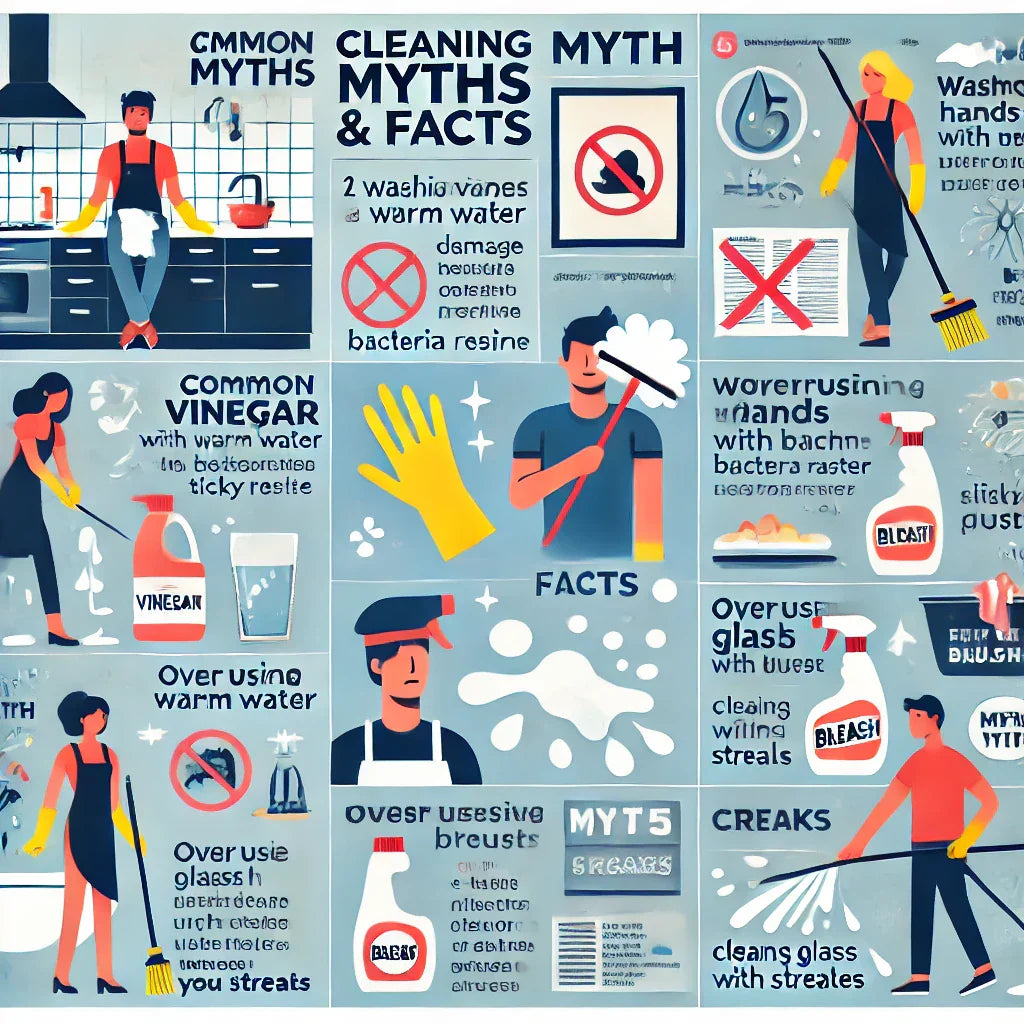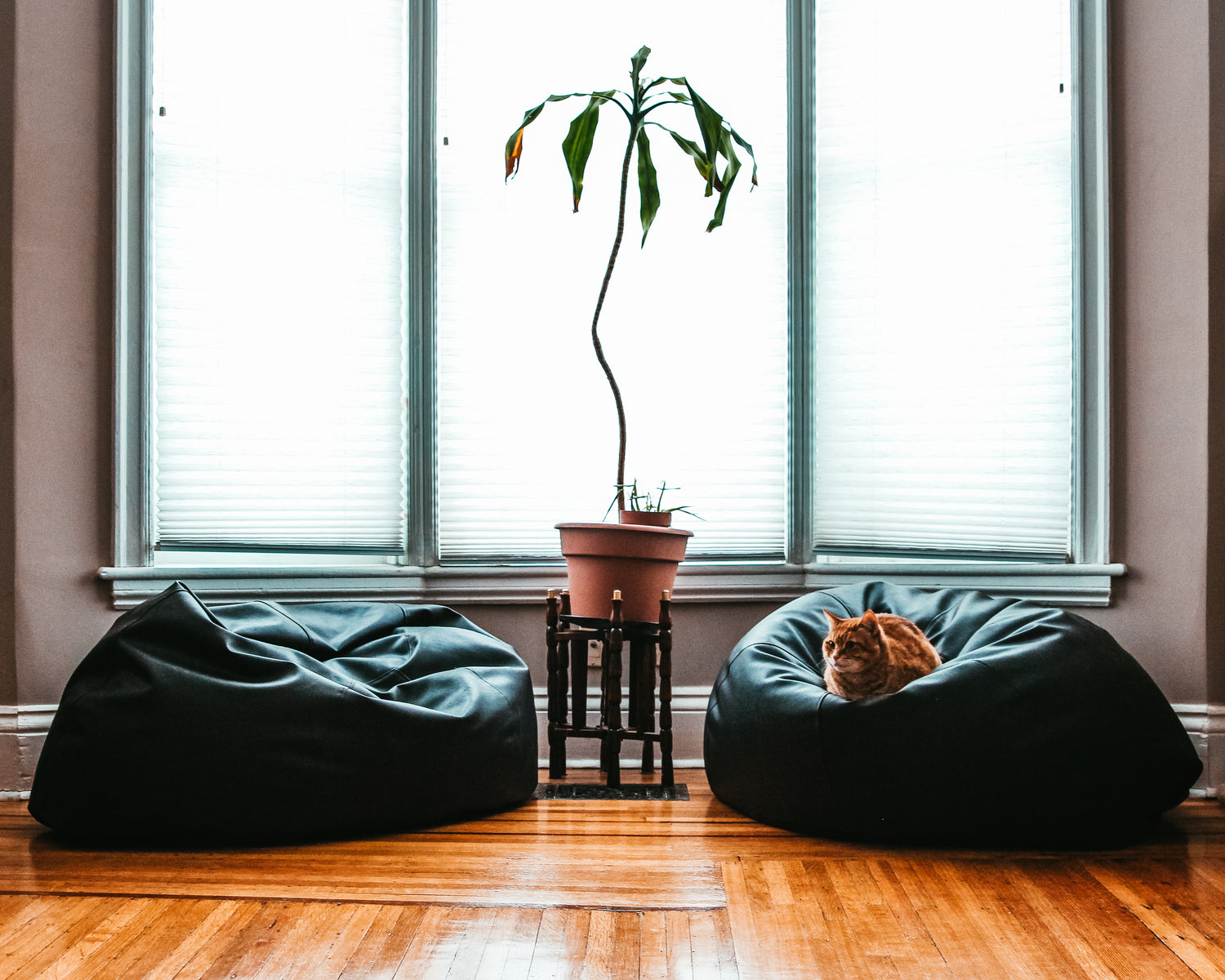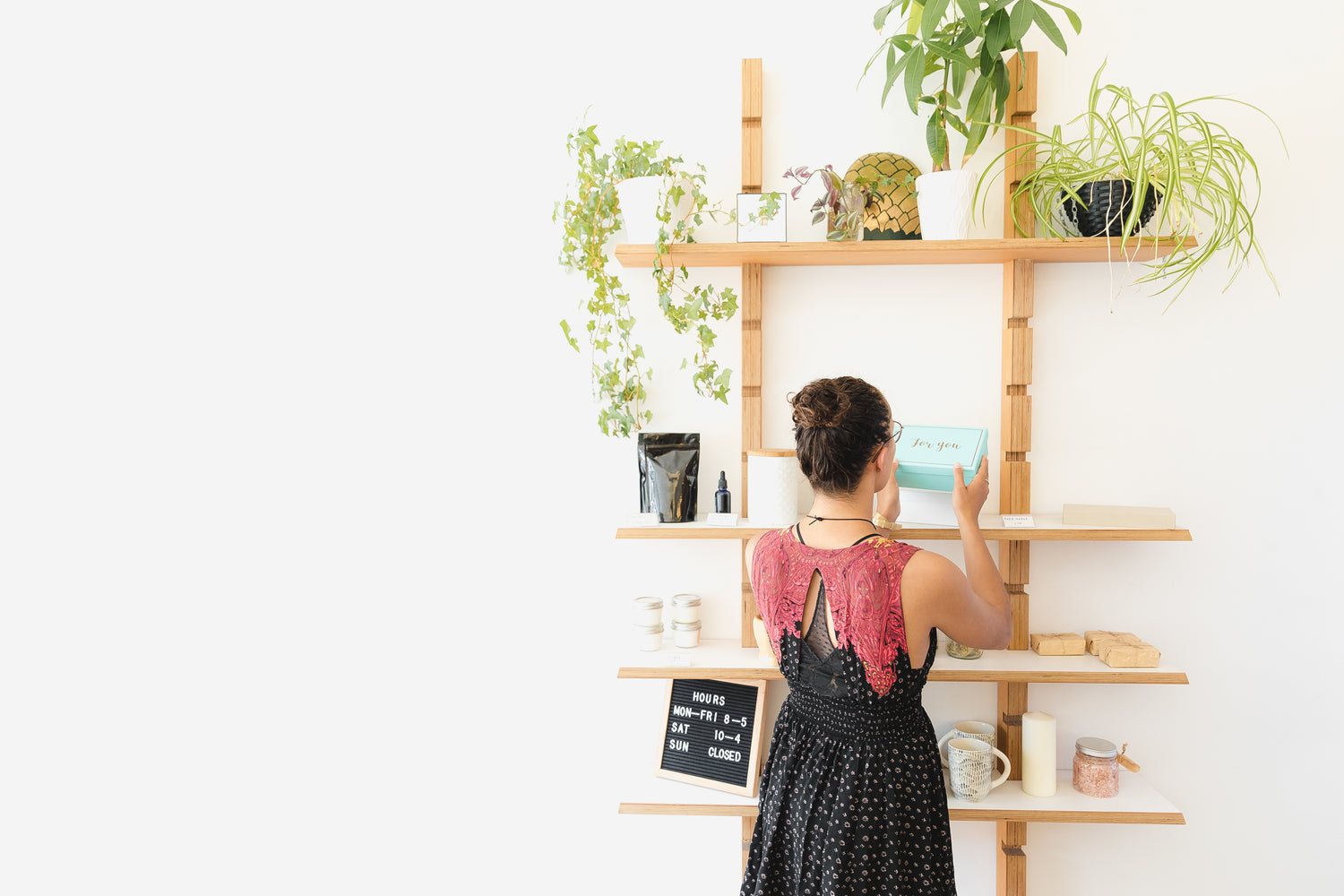Cleaning is essential to maintaining a healthy home and workspace, but with so much information available, it’s easy to fall for common cleaning myths. Some of these misconceptions may even make cleaning less effective! In this blog, we’ll debunk popular cleaning myths and share scientifically proven cleaning methods to keep your space truly clean and germ-free.

Myth #1: Vinegar Cleans Everything
Fact: While vinegar is a great natural cleaner, it’s not a universal solution.
Vinegar is effective at cutting grease and removing some stains, but it’s not a disinfectant. It doesn’t kill all bacteria and viruses, making it unsuitable for sanitizing kitchens, bathrooms, and high-touch surfaces. Additionally, its acidity can damage surfaces like natural stone, hardwood floors, and electronics.
What to do instead: Use a proper disinfectant or a mix of hydrogen peroxide and water for germ-killing power, especially in high-risk areas like kitchens and bathrooms.
Myth #2: Hot Water Kills All Bacteria
Fact: While hot water can help loosen dirt and grease, it’s not hot enough to kill most bacteria.
For water to effectively kill bacteria, it needs to be at least 140–160°F (60–71°C), which is much hotter than most household taps can reach. Simply washing with warm water won’t fully sanitize surfaces or laundry.
What to do instead: Use an antibacterial soap or disinfectant along with warm water to effectively eliminate bacteria. When washing laundry, use bleach or other disinfecting agents if needed.
Myth #3: More Cleaning Product = Better Cleaning
Fact: Using too much cleaning product doesn’t make surfaces cleaner—in fact, it can leave behind residue that attracts more dirt and grime!
Excess cleaning products, especially soaps and detergents, can create a buildup that makes surfaces sticky, causing dust and grime to accumulate faster.
What to do instead: Follow product instructions for the correct amount and rinse thoroughly to prevent residue buildup.
Myth #4: Feather Dusters Remove Dust
Fact: Traditional feather dusters don’t remove dust—they just spread it around.
Feather dusters tend to scatter dust into the air rather than trapping it, which can lead to more dust settling back onto surfaces shortly after cleaning.
What to do instead: Use a damp microfiber cloth or an electrostatic duster, which effectively traps and removes dust instead of just moving it around.
Myth #5: Bleach is the Best Cleaner for Everything
Fact: Bleach is a powerful disinfectant but not a cleaner.
Bleach is excellent at killing germs, but it doesn’t remove dirt, grease, or grime. Using bleach without a cleaning agent means you may not be fully cleaning a surface before disinfecting it.
What to do instead: Clean surfaces with soap and water first, then disinfect with bleach or another EPA-approved disinfectant.
Myth #6: Newspaper is the Best for Cleaning Glass
Fact: While old newspapers used to be effective for streak-free glass cleaning, modern papers contain inks that can leave smudges.
What to do instead: Use a microfiber cloth or a squeegee with a vinegar-and-water solution for streak-free windows and mirrors.
Final Thoughts
Many traditional cleaning tips have been passed down for generations, but not all of them hold up to scientific scrutiny. Understanding what actually works and what doesn’t can save you time, effort, and money, and even protect your home from damage.
For a thorough, professional cleaning with proven methods, SeeyonClean offers eco-friendly, highly effective cleaning services that ensure a safe and spotless home or office.
📞 Call us at: (647) 735-4756
🌐 Visit us at: seeyonclean.com
Have a cleaning myth you want us to debunk? Let us know in the comments!
